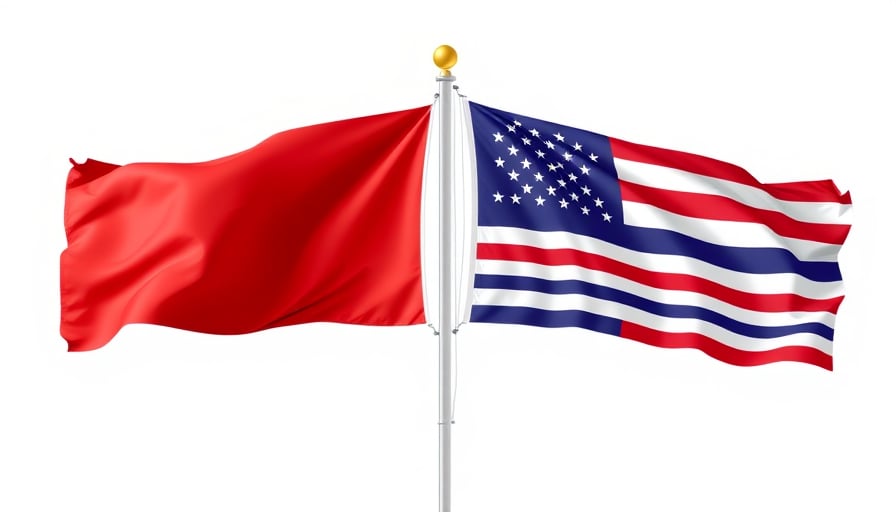Market Context
The U.S. dollar has held a modestly robust stance following the U.S. Senate’s successful passage of a short‑term federal funding bill that extends government operations through January. This political stabilization has quelled fears of a governance‑related fiscal vacuum, allowing the dollar to maintain its recent upward trajectory.
In contrast, the Swiss franc has appreciated against the dollar, buoyed by expectations that the United States and Switzerland will soon formalise a trade agreement. Anticipation of a bilateral pact has sparked speculative buying in CHF, pushing the USD/CHF pair toward the lower end of its recent trading band.
Pair Performance
On Tuesday, 11 November 2025, the USD/CHF quotation slipped to 0.8045 during the late Asian session, a decline of roughly 0.6 %. The move is largely attributable to the dual catalysts:
- Trade‑Deal Optimism – Market sentiment has shifted toward the possibility of a U.S.–Swiss trade accord, a development that is expected to enhance Swiss export competitiveness and strengthen the franc. This optimism has translated into a sell‑off of the dollar relative to the franc.
- Monetary Stances – The Swiss National Bank (SNB) is anticipated to remain on a neutral stance, while the Federal Reserve is likely to keep rates steady until its December policy meeting. The relative stability in monetary policy further supports the franc’s resilience.
The pair’s current level sits well below its 52‑week low of 0.7857, indicating that the franc remains in a relatively favorable position but still has room to move should trade‑deal negotiations progress or if the U.S. dollar’s fundamentals shift.
Forward Outlook
U.S. Dollar
- Political Environment – The recent Senate funding bill injects short‑term confidence. However, the dollar’s strength is still vulnerable to any perceived back‑sliding on fiscal policy or to further political gridlock.
- Fed Policy Expectations – With the Federal Reserve likely to maintain its current rate path until December, the dollar is expected to stay within a narrow band unless macroeconomic data trigger a shift in monetary policy.
Swiss Franc
- Trade‑Deal Impact – If the U.S.–Swiss trade agreement materialises within the next fortnight, the franc could experience a further rally, potentially breaking through the 0.8100 support level.
- SNB Stance – The SNB’s reluctance to move toward negative rates suggests that the franc will not face downward pressure from monetary easing. A continued neutral stance supports its current strength.
Trading Implications
- USD/CHF Range – The pair is likely to trade in a tight corridor around 0.8060 through the first week of December, barring any unexpected political or economic shock.
- Catalysts – Traders should monitor two key events: the formal signing of the U.S.–Swiss trade pact and any new fiscal developments in Washington. Positive news on either front could swing the pair by 0.005‑0.010 points within a single session.
- Risk Management – Position sizing should reflect the pair’s sensitivity to geopolitical developments; stop‑losses set beyond the 0.8080 high and 0.8020 low will allow for normal market noise while protecting against sudden reversals.
In summary, the USD/CHF pair is currently dominated by geopolitical and trade‑related drivers. While the U.S. dollar remains anchored by short‑term fiscal certainty, the Swiss franc benefits from the momentum of a potential trade agreement and a stable monetary outlook. Market participants should remain vigilant for any policy or trade announcements that could shift the delicate balance between these two currencies.




